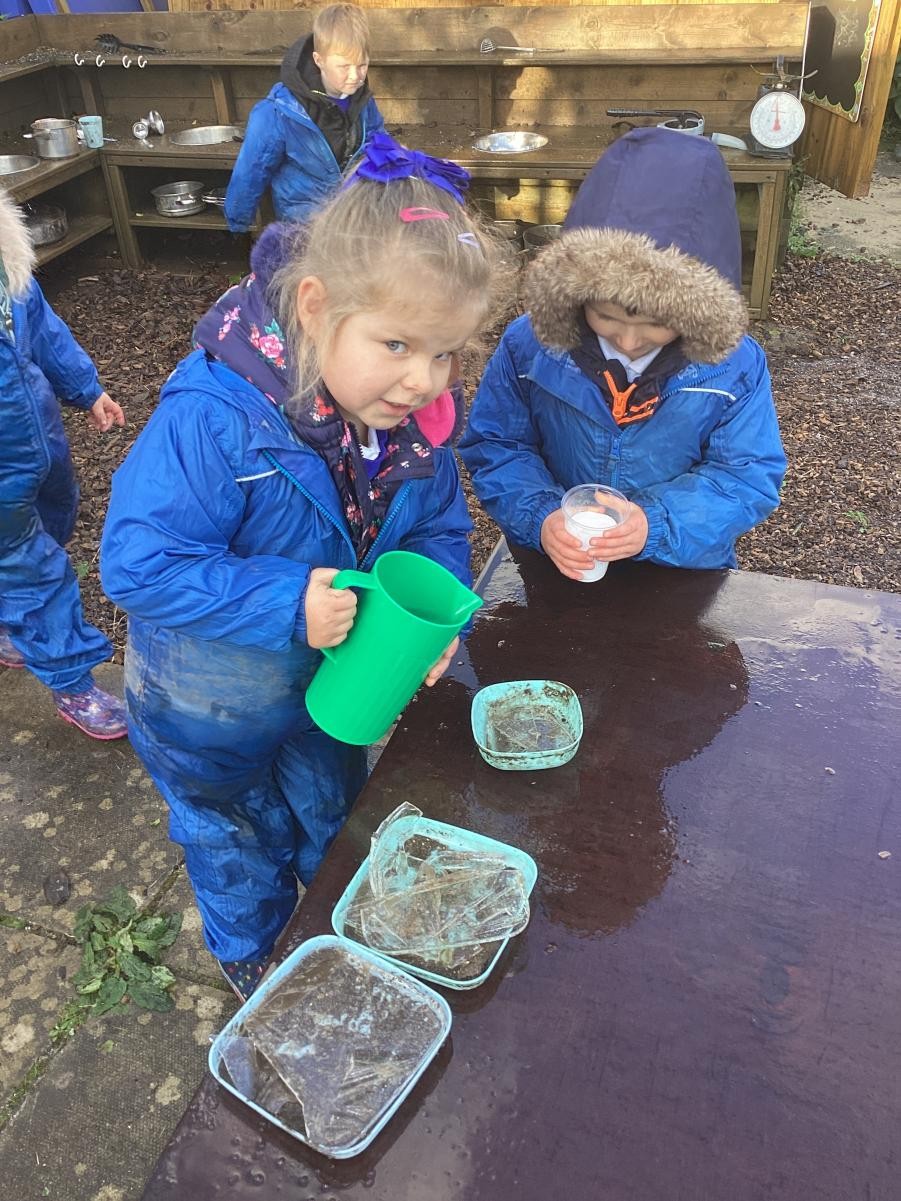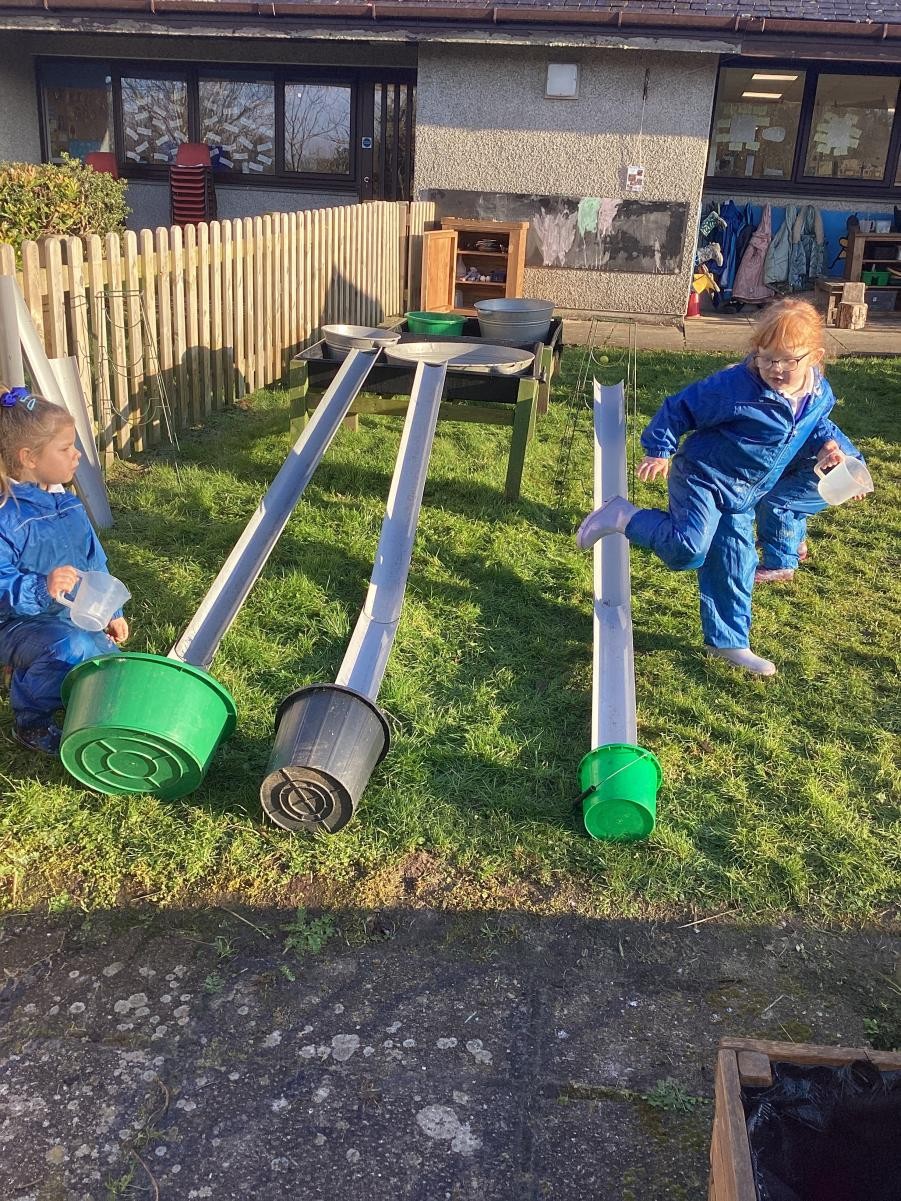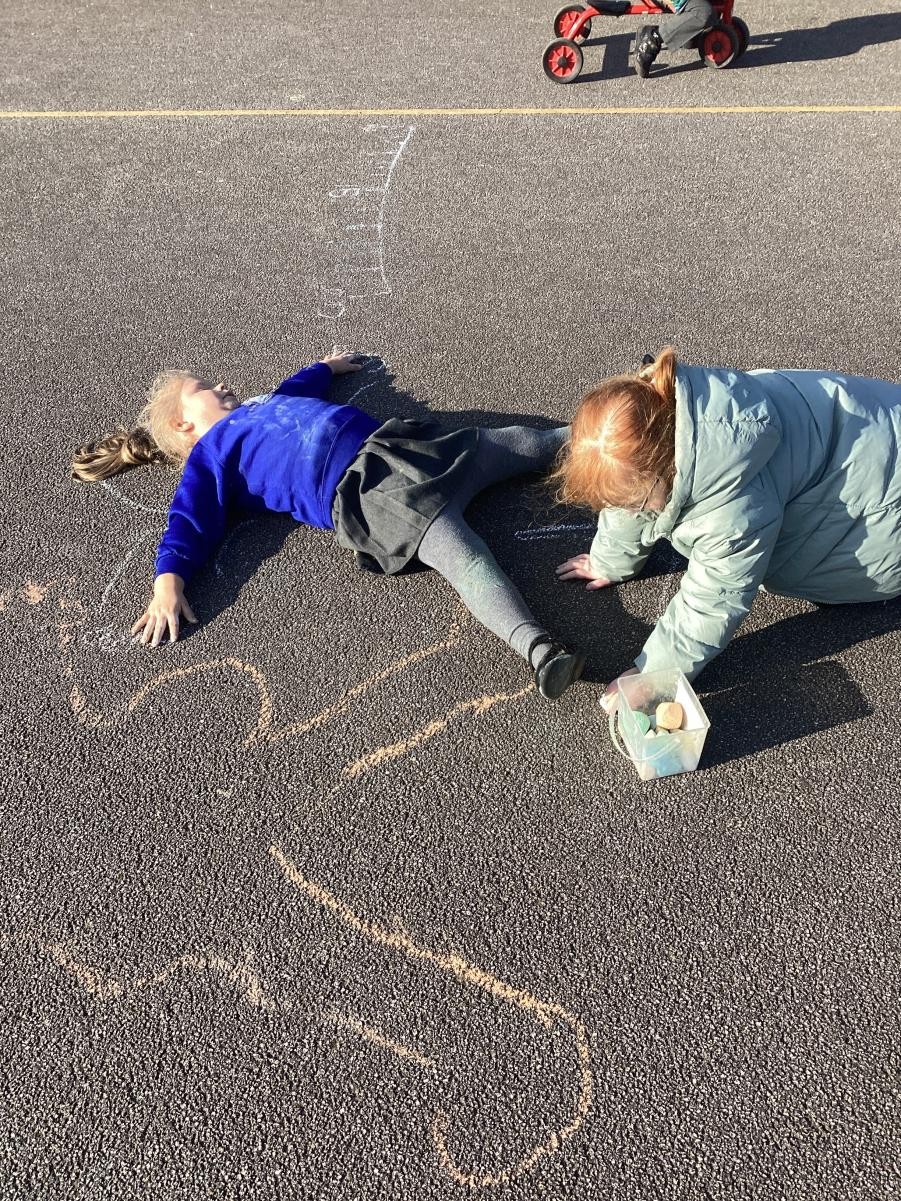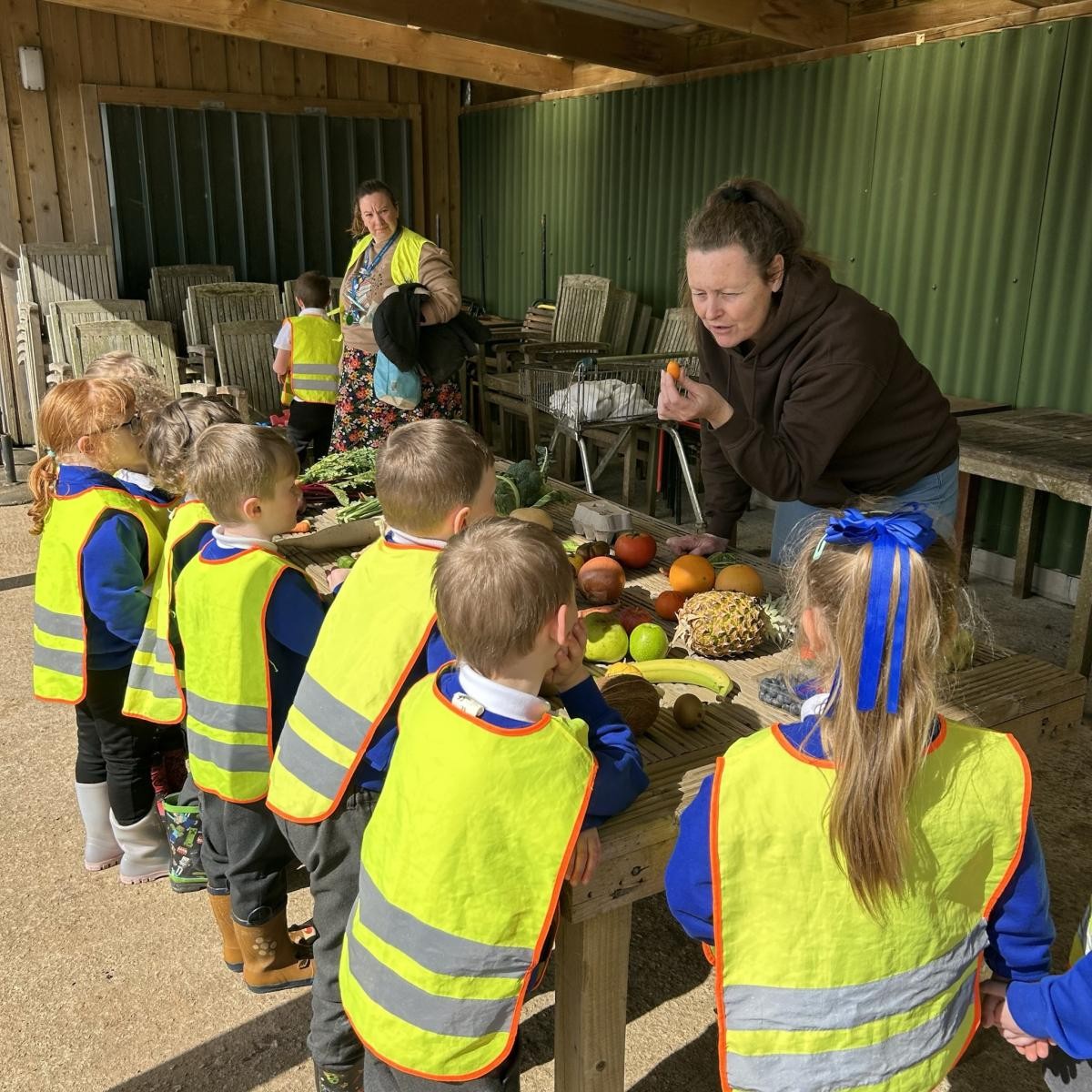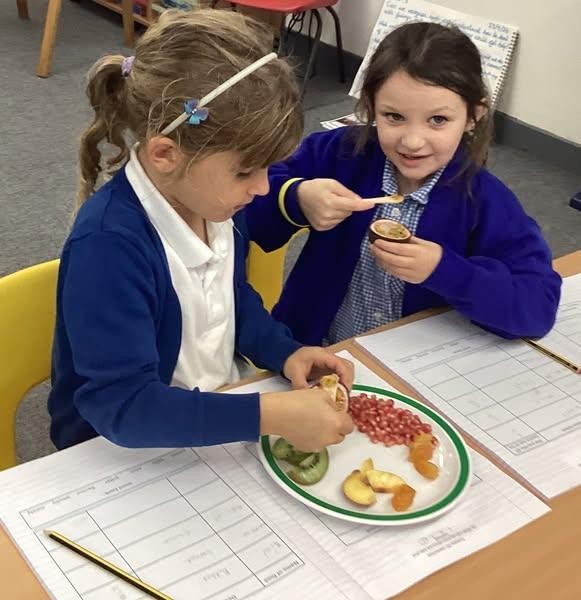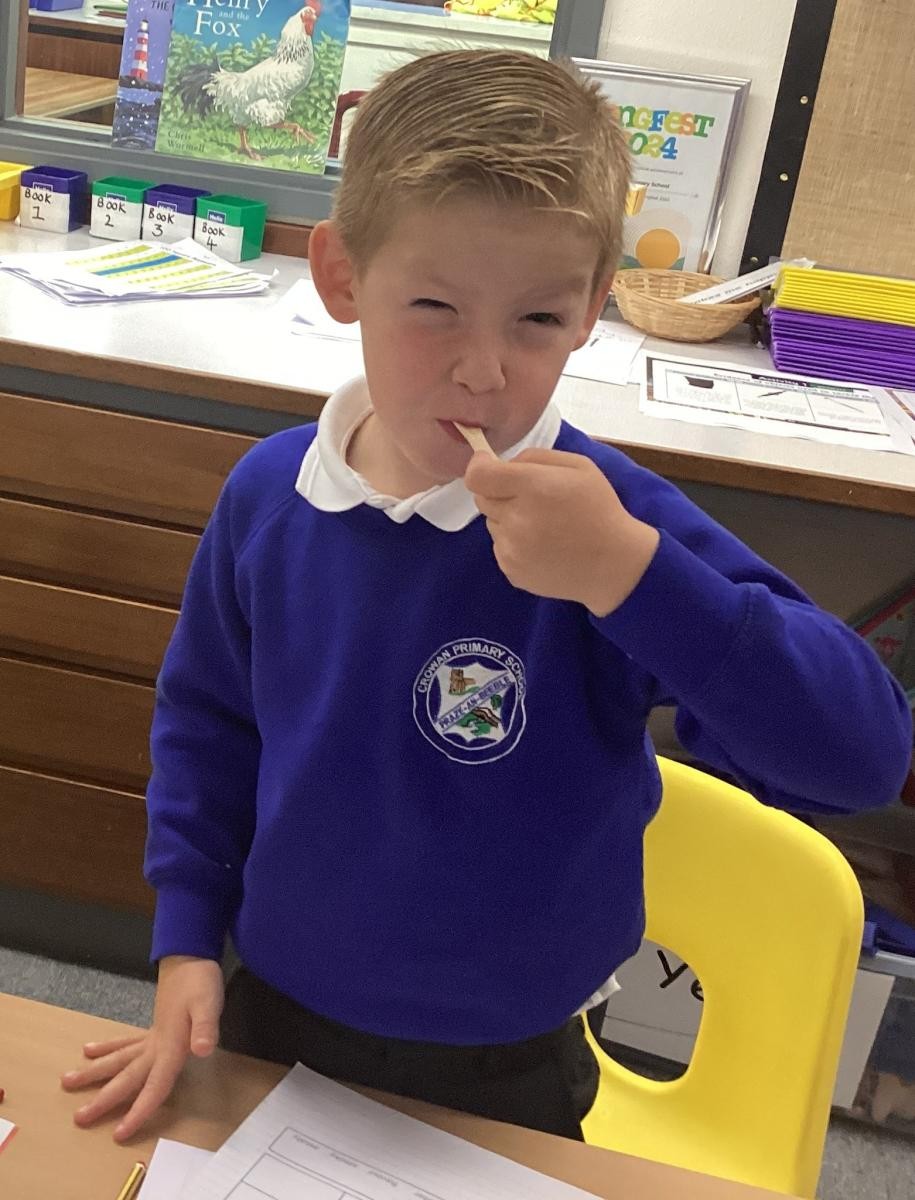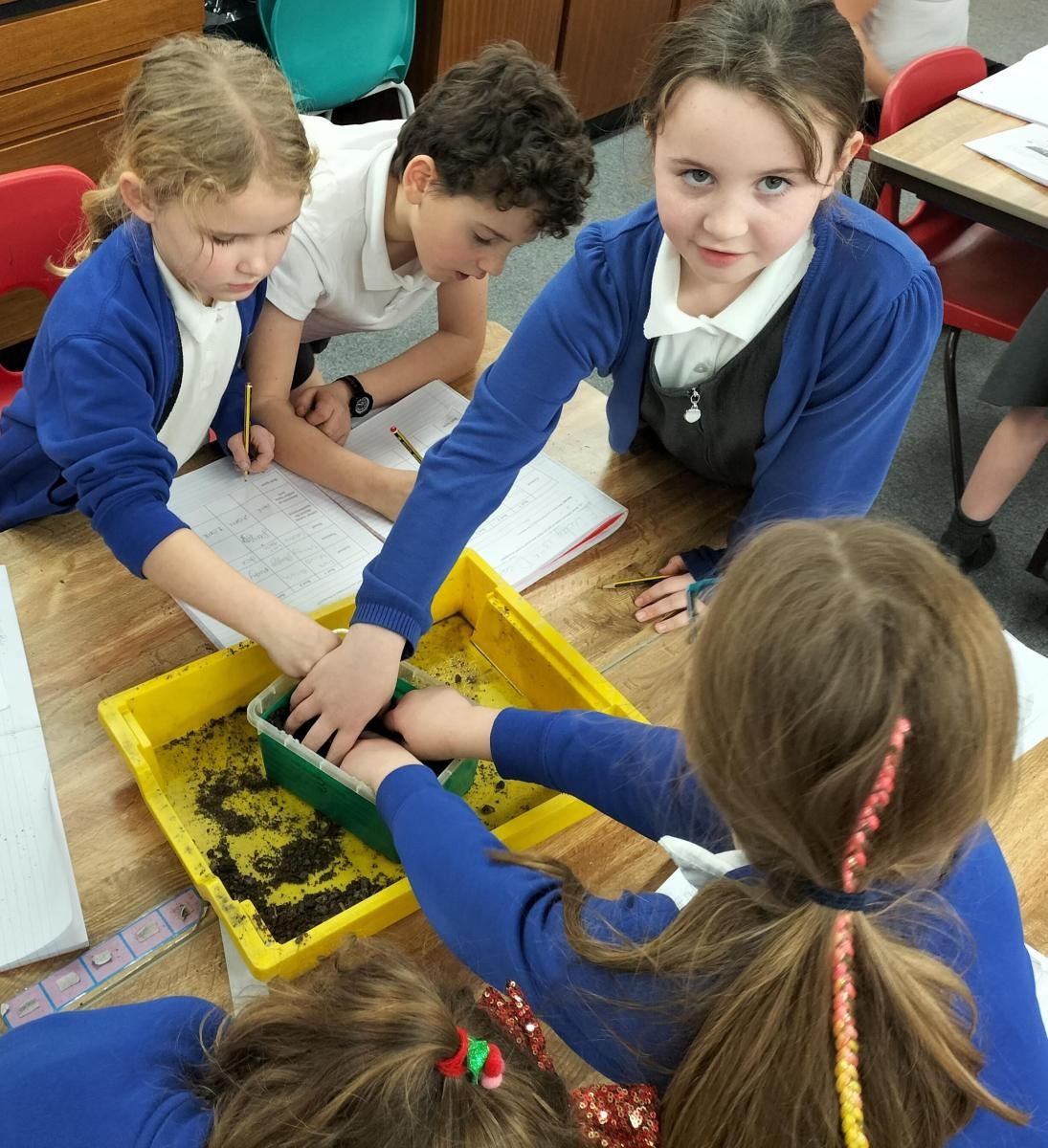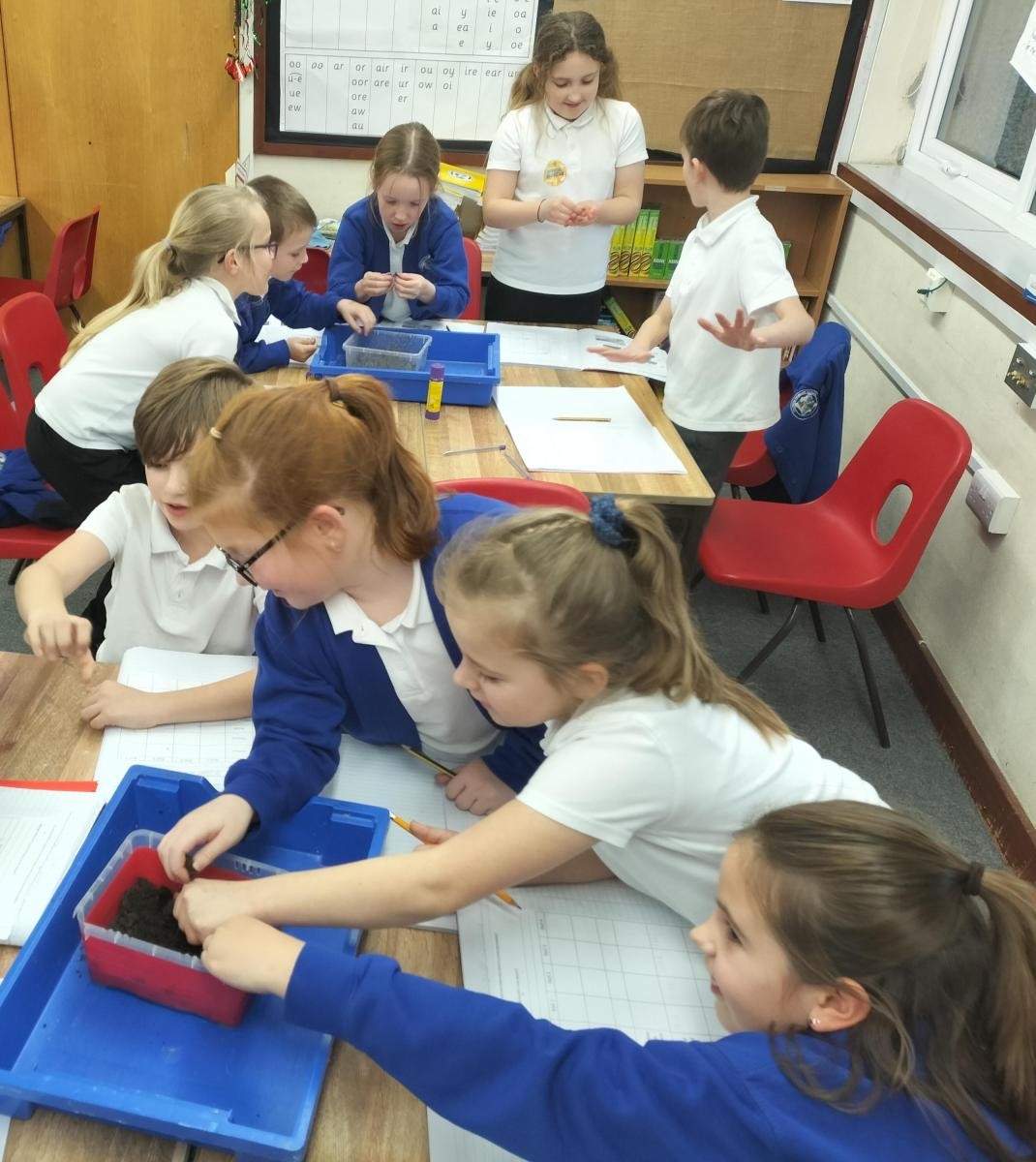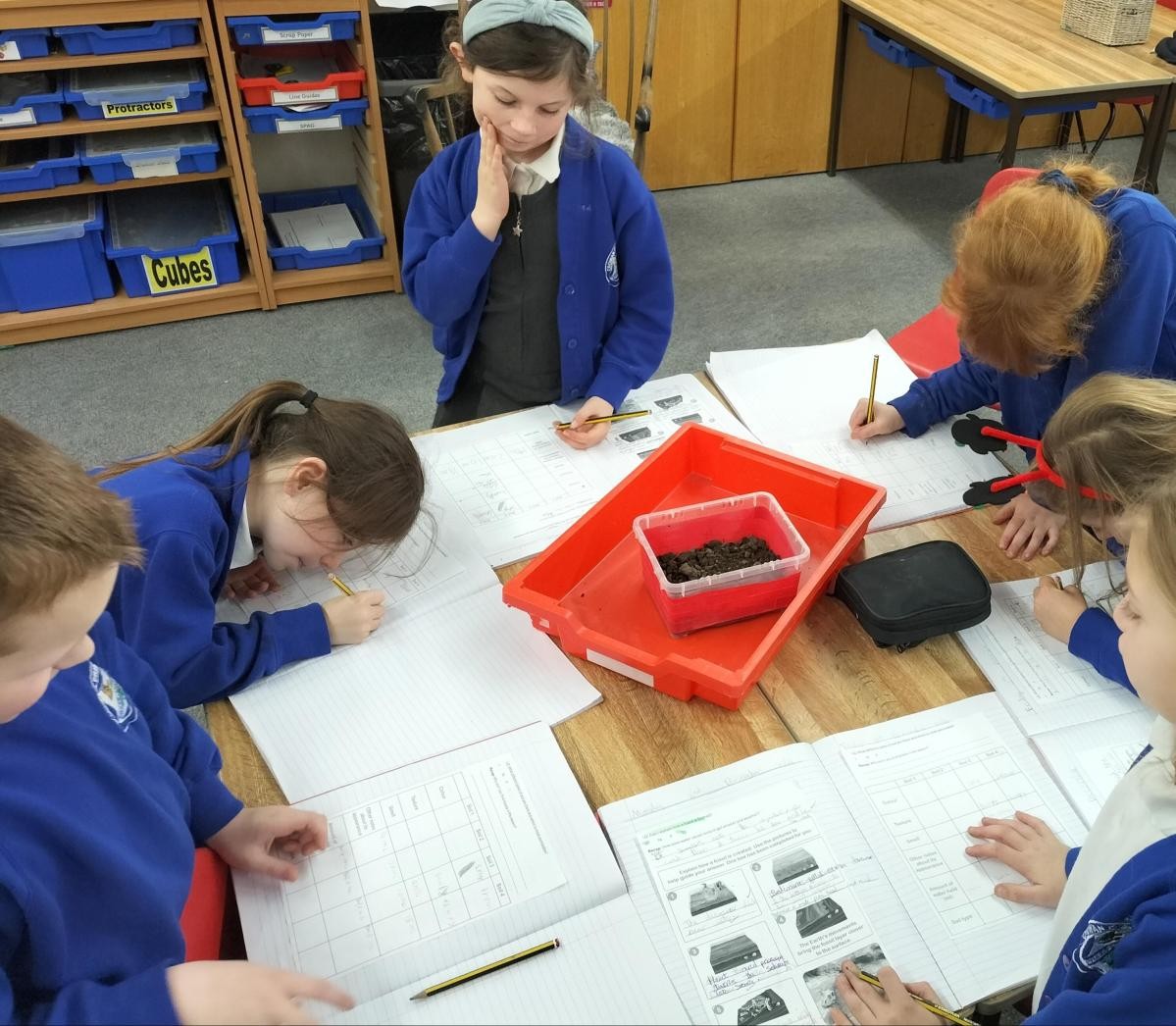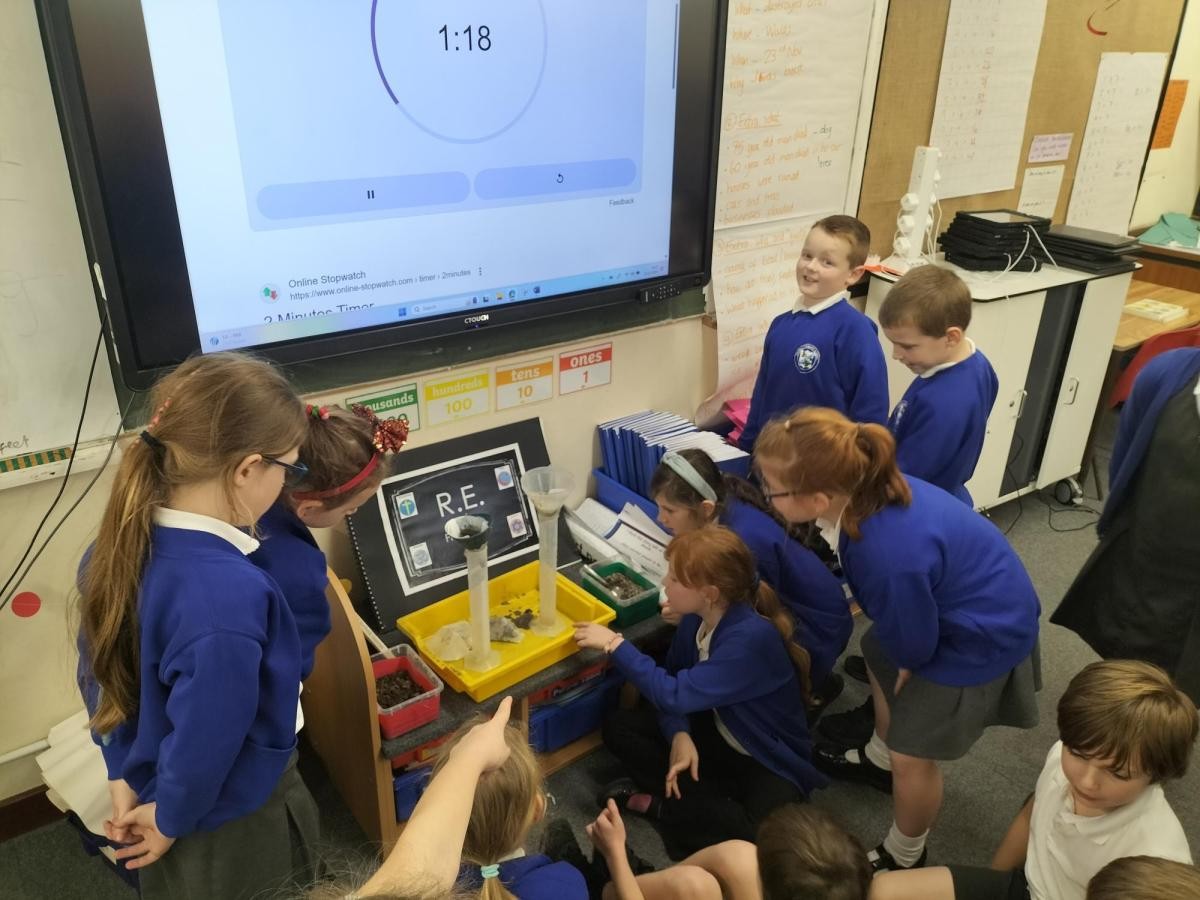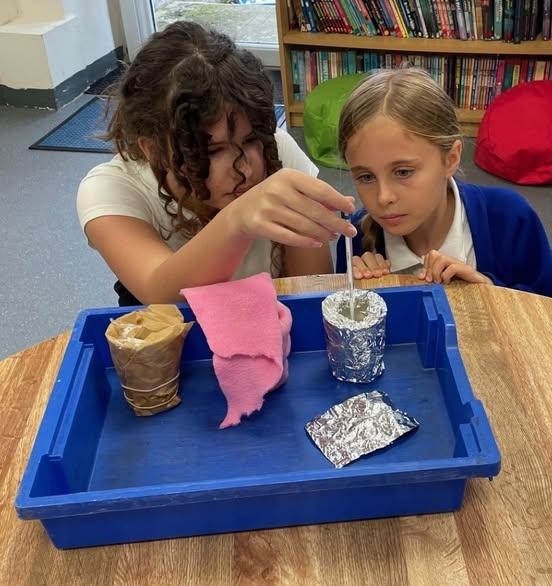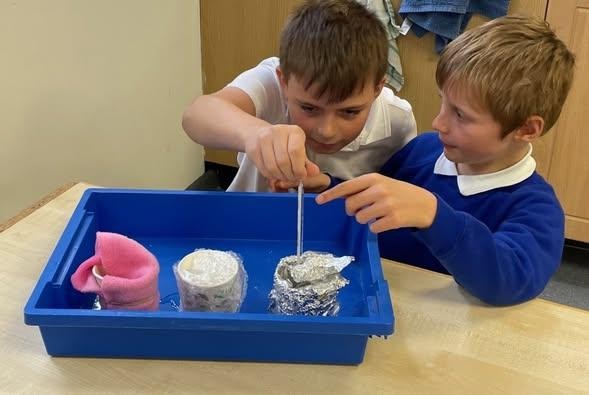At Crowan we believe that the study of science will inspire children to be naturally curious about the diverse world that they live in. They will embrace their sense of wonder and aspire to become enquiry-based learners while developing their understanding of the uses and implications of science, how it has changed and shaped our lives and how vital it is to the world’s future.
Science
Share this page

